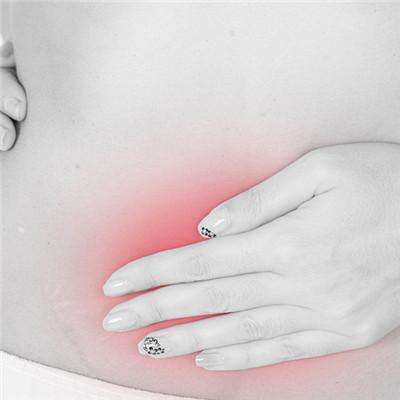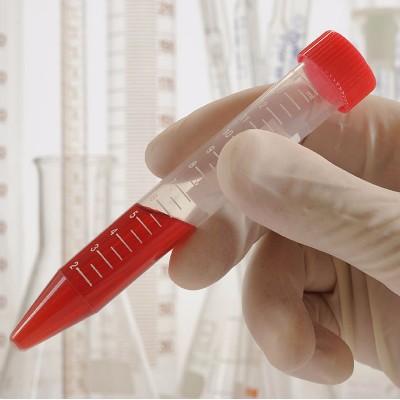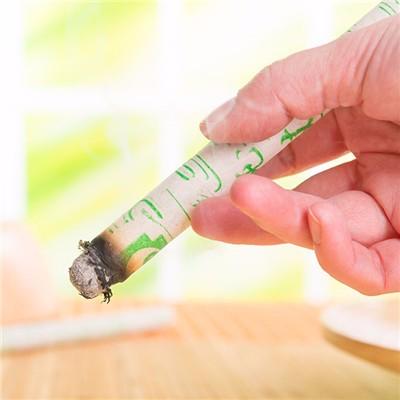How long can bladder fistula grow good?
summary
Clinically, bladder fistula patients are more common, which can be connected with the skin, intestines and female reproductive organs. The primary disease is often the disease outside the urinary system. Next, I will talk about how long can bladder fistula grow well? Let me tell you this.
How long can bladder fistula grow good?
First: vesicoenteral fistula: if the lesion is located in the rectum and sigmoid colon, proximal enterostomy can be performed first. After the inflammation disappears, the lesion can be resected and the fistula can be closed, and then the colostomy can be closed. Some scholars suggest that all operations should be completed in one stage, and partial intestinal or appendectomy should be performed for small intestine or appendiceal bladder fistula to close the bladder fistula.

Second: vesicovaginal fistula: small vesicovaginal fistula can be treated by electrocautery, and indwelling catheterization for at least 2 weeks after operation. Aycinena (1977) reported that for some patients with small vesicovaginal fistula, a metal curette was used to scratch the fistula through the vagina to promote the closure of the fistula. Indwelling catheterization for 3 weeks after operation can achieve good results.

Third: bladder accessory fistula: it can be cured by removing the involved female reproductive organs and closing the bladder fistula.

matters needing attention
General nursing to keep patients and living room clean, learn to observe vital signs such as body temperature, respiration, pulse and blood pressure, and inform patients and their families of simple manifestations of disease deterioration or complications. Drinking water guides the patients to drink more boiled water every day, at least 2 000 ml every day, so as to increase the urine volume, make the fistula unobstructed, and achieve the purpose of physiological flushing, so as to prevent infection or stone formation. Skin care to keep the wound dressing dry, start 2 weeks incision every other day dressing, after the formation of sinus, dressing twice a week, 2 months after the wound without secretions, dressing once a week. Disinfect cotton swabs to clean the area around the fistulas to prevent infection. Dressing change can be carried out at community medical station or hospital. Ask the patient and his family members to observe the skin condition around the stoma. In case of flush, eczema, etc., zinc oxide ointment can be applied locally. Two cases of eczema in this group were improved by the above treatment.
















